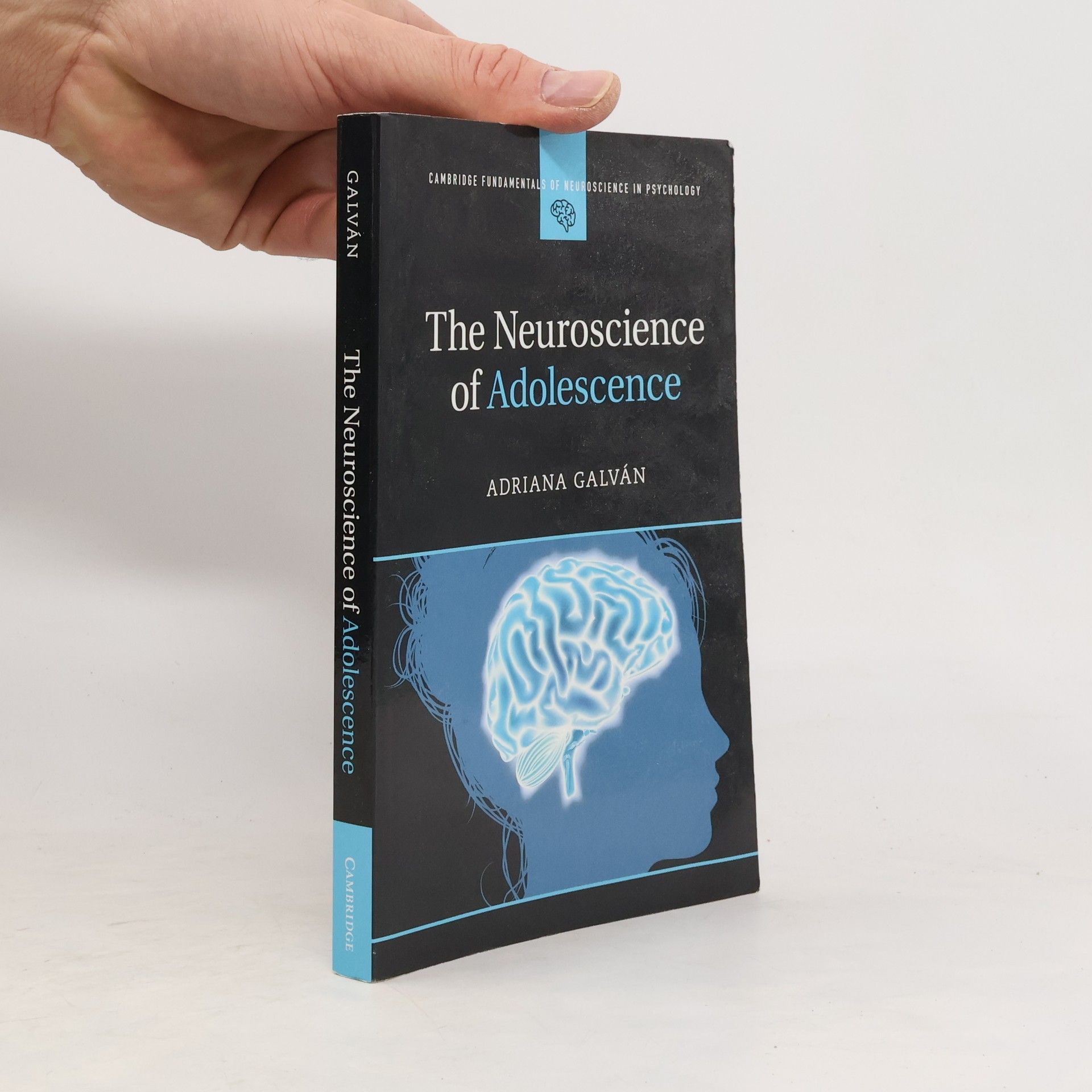This book offers an accessible account of the neuroscience behind suicidal behavior and its potential for prevention. Neuroscience opens up opportunities to dispel myths that continue to hinder suicide prevention by helping people to understand suicide and providing effective prevention methods.
Základy neurovied v psychológii Cambridge Séria
Táto séria predstavuje základné princípy neurovied zrozumiteľnou formou pre študentov aj širšie publikum. Každý zväzok sa zameriava na kľúčové oblasti neuroviedneho výskumu v hlavných oblastiach psychológie. Autori, poprední odborníci na kognitívnu, sociálnu, afektívnu, vývinovú, klinickú a aplikovanú neurovedu, ponúkajú ideálny úvod do komplexného sveta mozgu a správania. Sú to vynikajúce zdroje na pochopenie prepojení medzi biologickými procesmi a psychologickými javmi.





Odporúčané poradie čítania
The Neuroscience of Creativity
- 386 stránok
- 14 hodin čítania
The Neuroscience of Creativity introduces readers to the fascinating study of creativity and the brain, providing both the tools for further study and an explanation of the latest neuroscientific findings. Directed at a wide readership, it is a helpful guide into creativity research for students, researchers and non-specialists alike.
The Neuroscience of Creativity
- 402 stránok
- 15 hodin čítania
Exploring the functioning of the creative brain, this book delves into various domains including music, literature, visual arts, kinesthetic skills, and science. It offers insights into the processes behind creativity and provides methods for studying these cognitive mechanisms.
The Neuroscience of Adolescence
- 330 stránok
- 12 hodin čítania
Written by an award-winning developmental neuroscientist, this is a comprehensive and cutting-edge account of the latest research on the adolescent brain.
The Neuroscience of Suicidal Behavior
- 298 stránok
- 11 hodin čítania
Exploring the preventability of suicide, this book delves into neuroscientific research that uncovers critical insights into the underlying mechanisms of suicidal behavior. It challenges prevailing misconceptions and offers evidence-based strategies for intervention, highlighting the role of mental health care and societal support. By emphasizing the importance of understanding the brain's functions and emotional responses, the work aims to foster hope and promote proactive measures to reduce suicide rates.